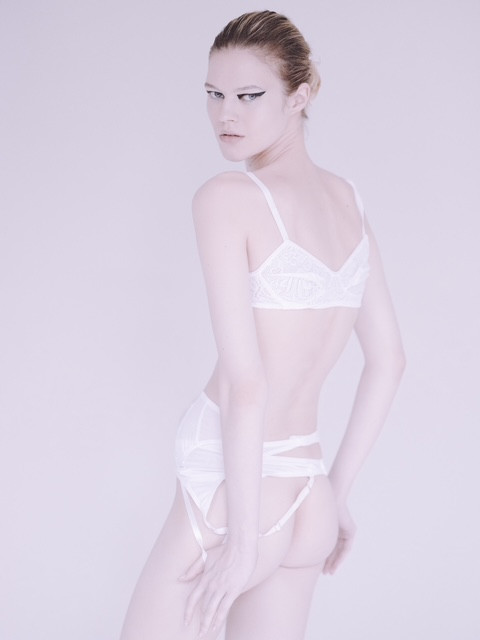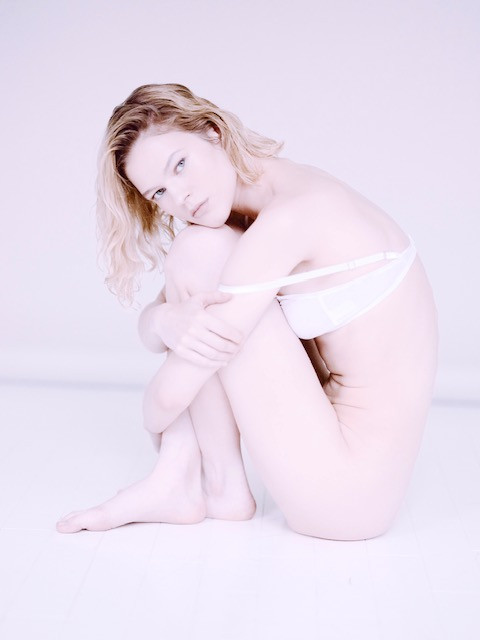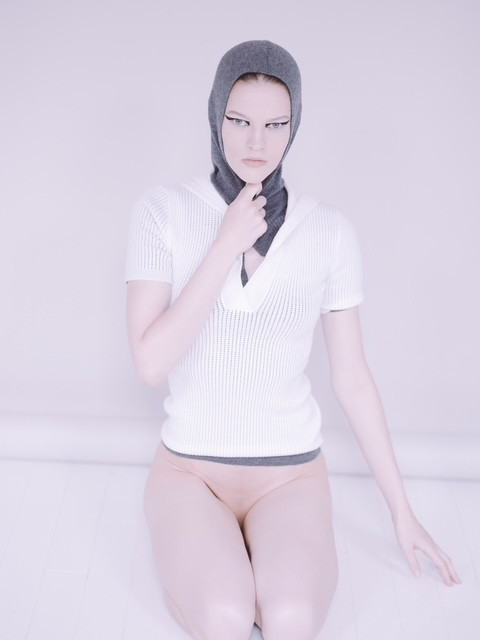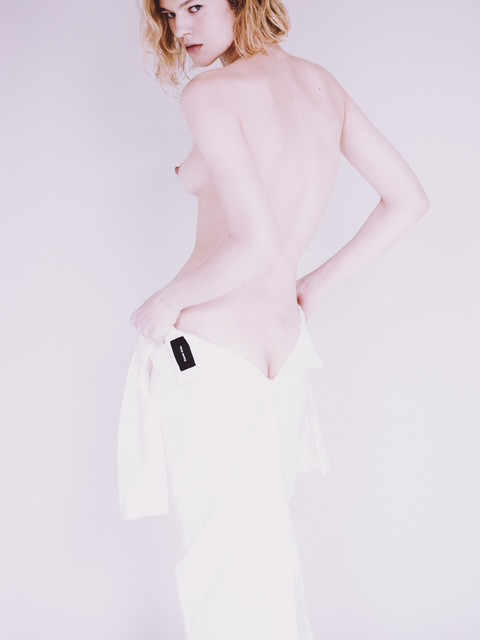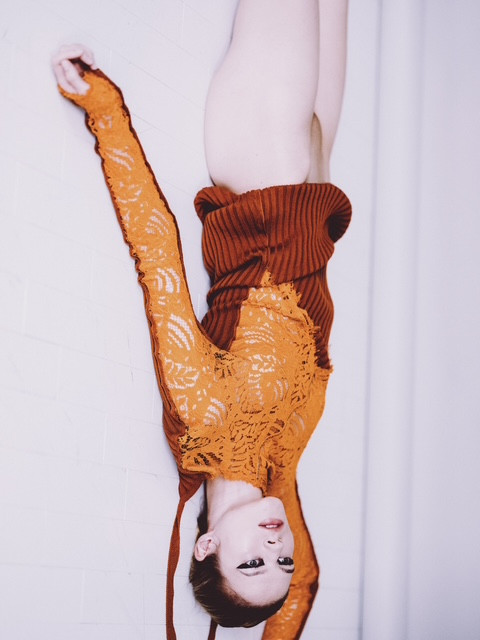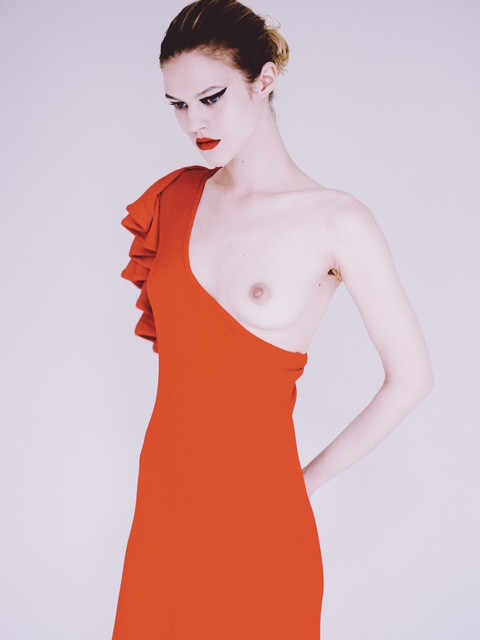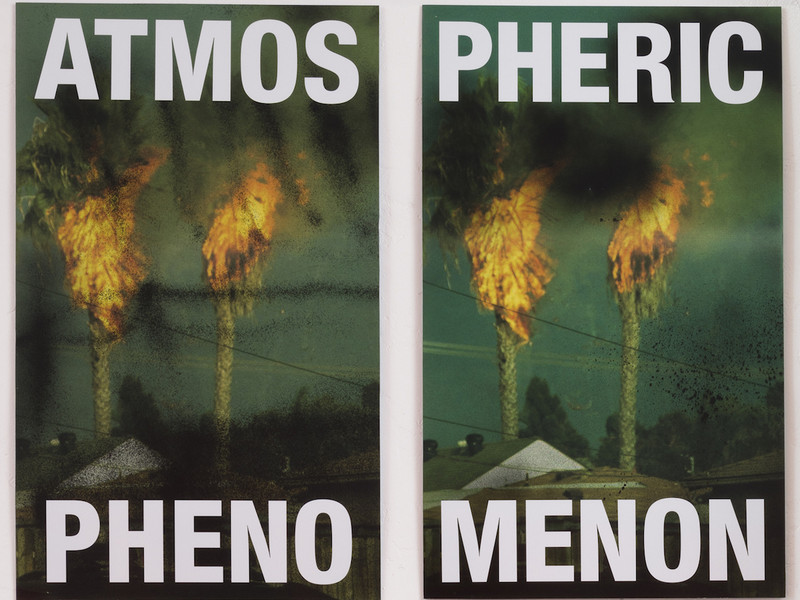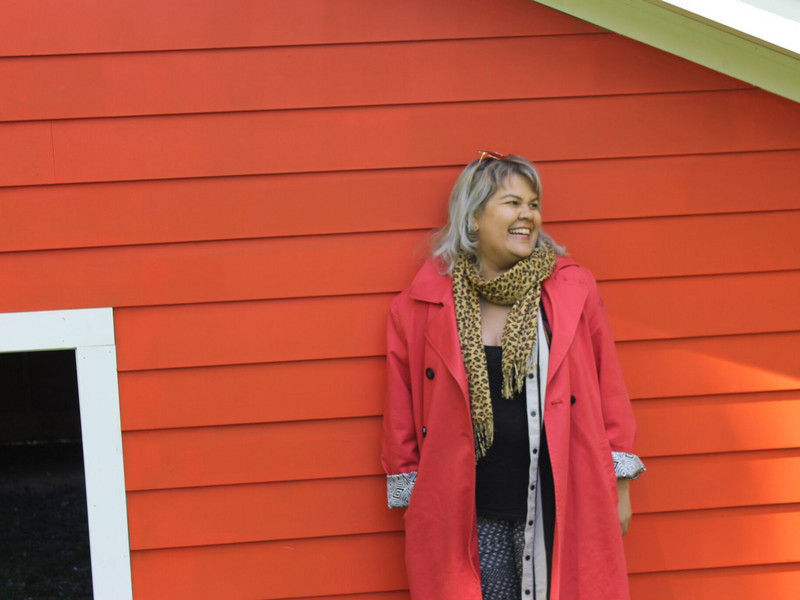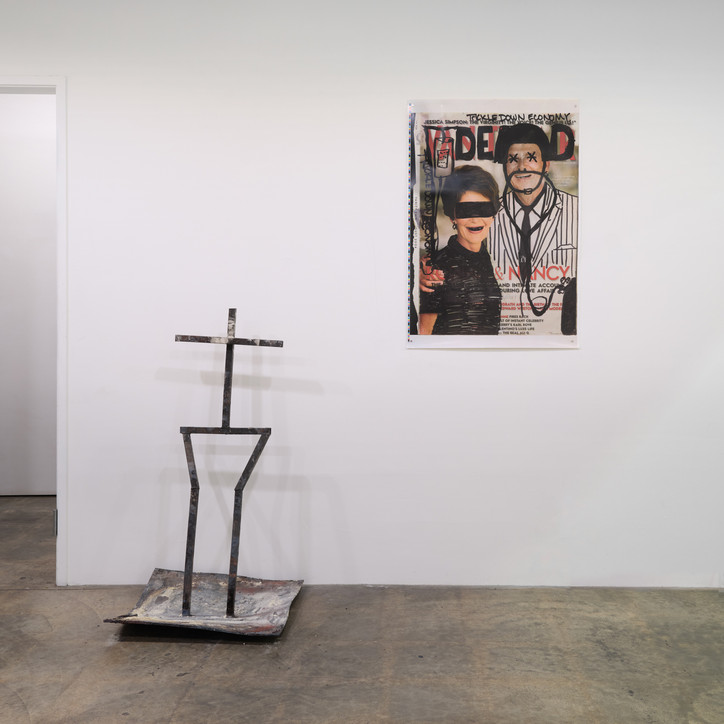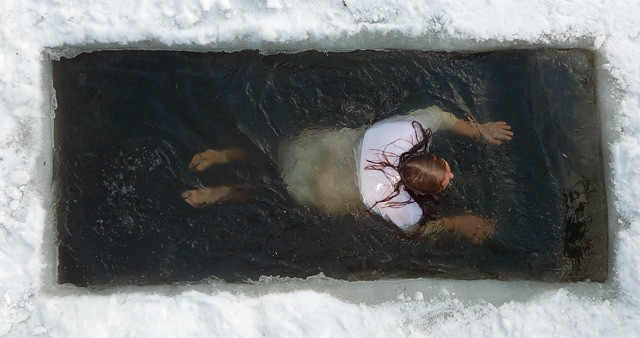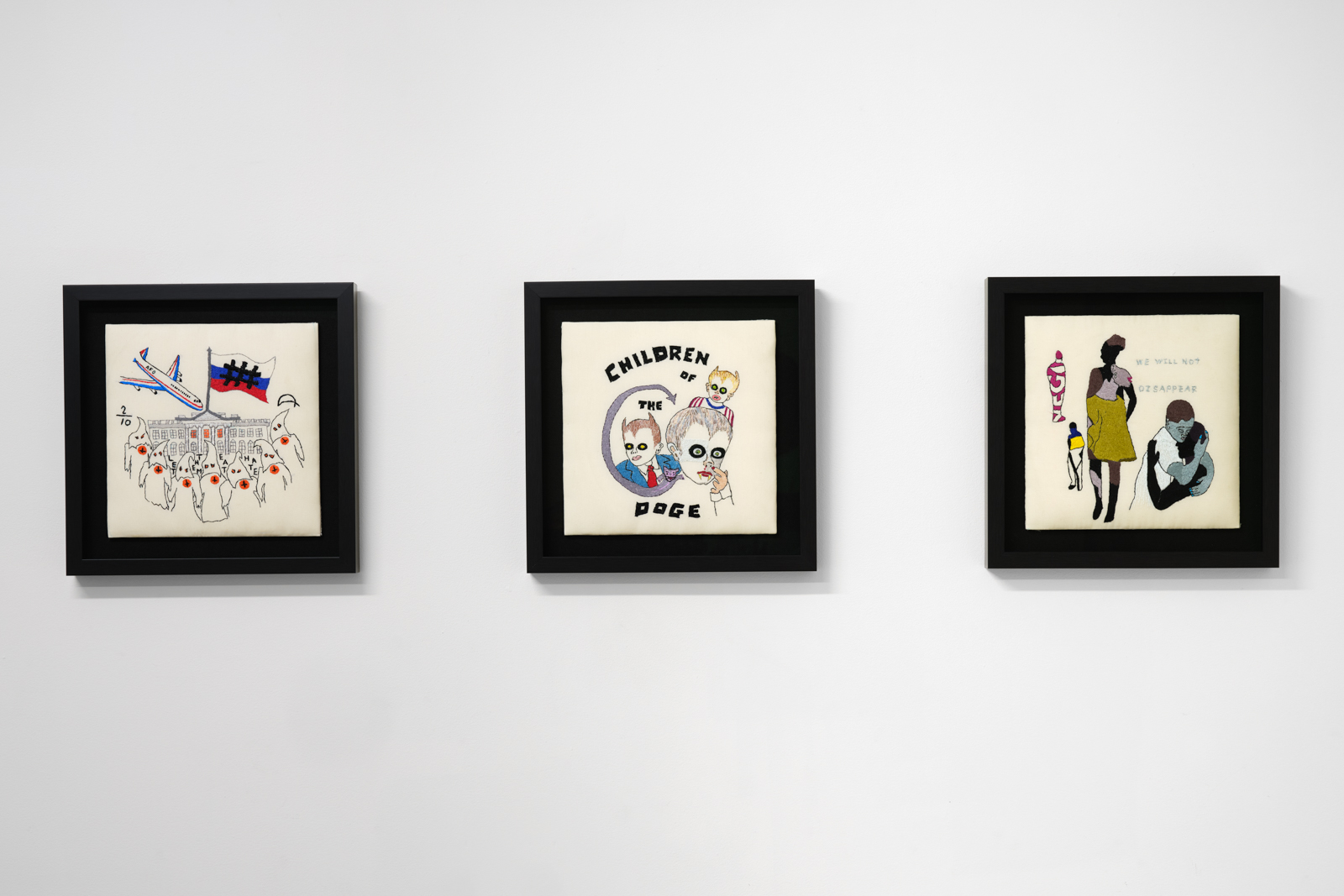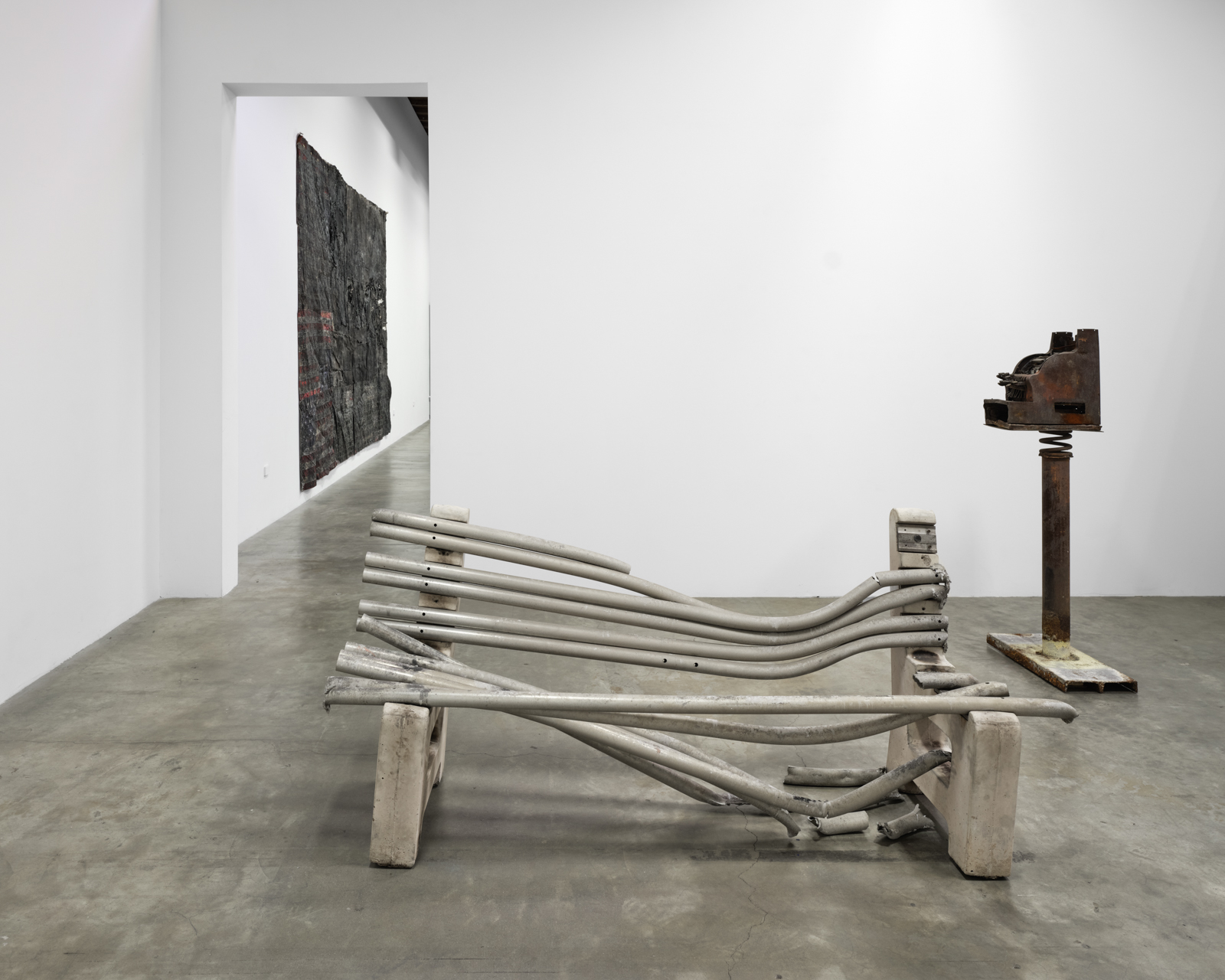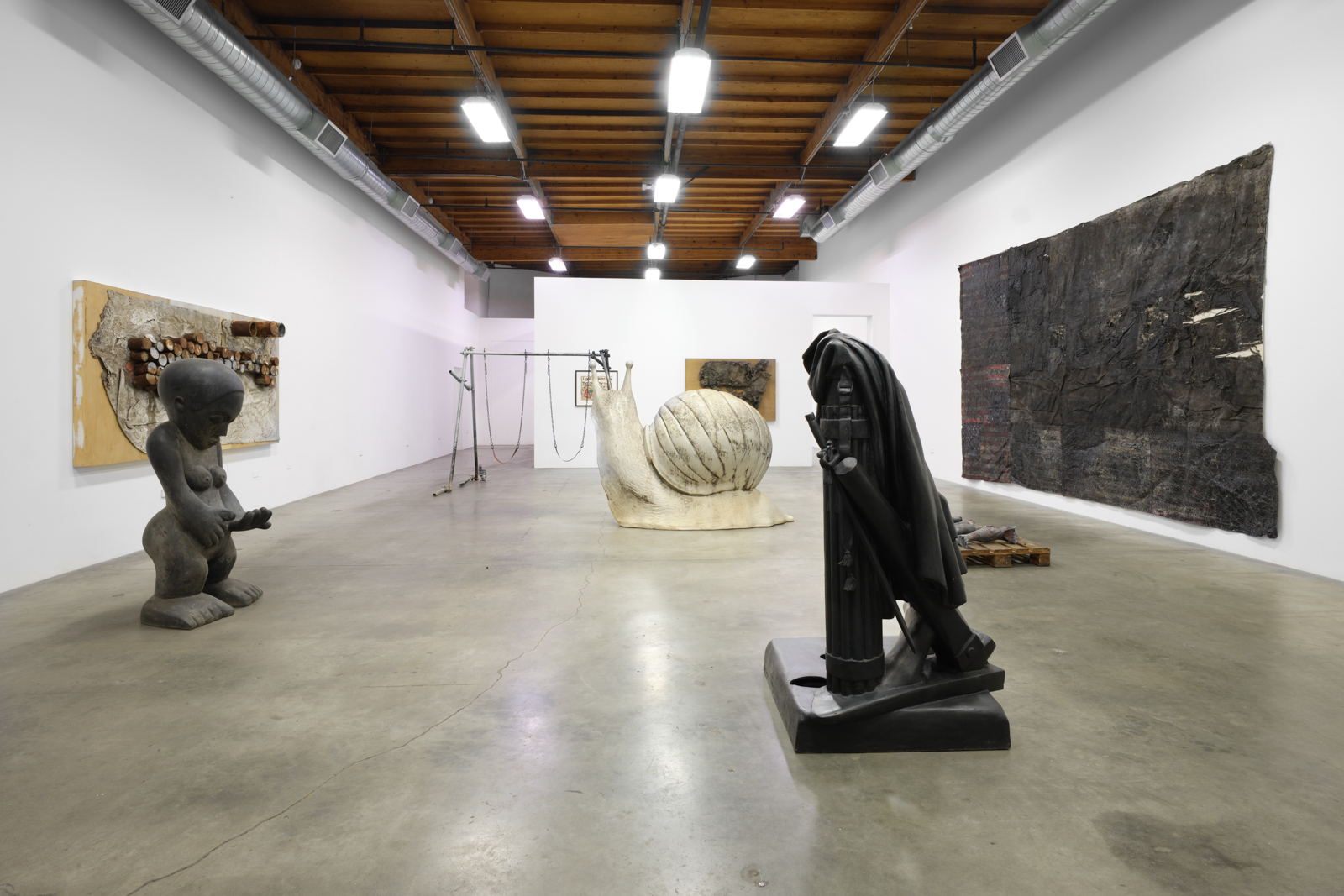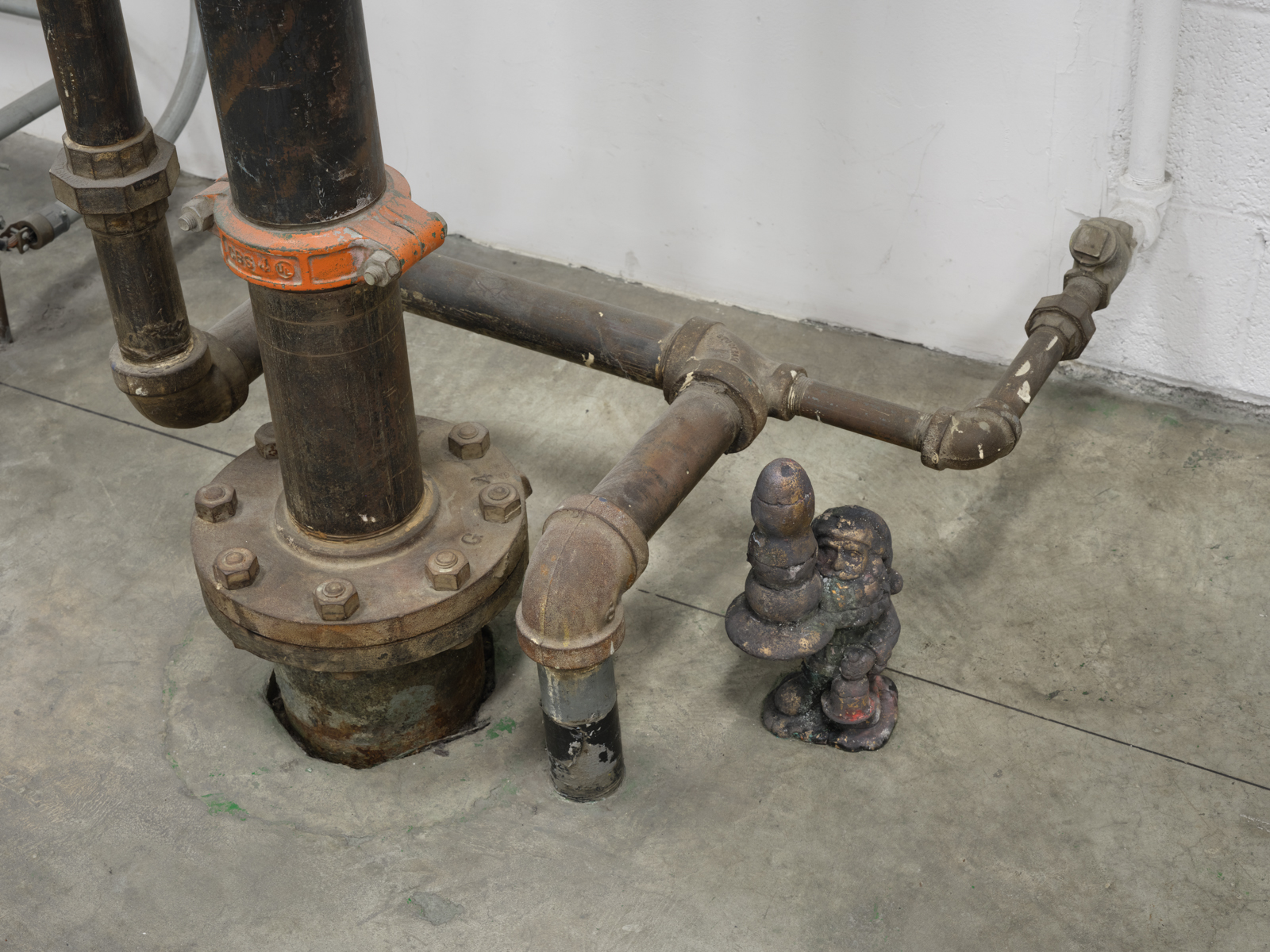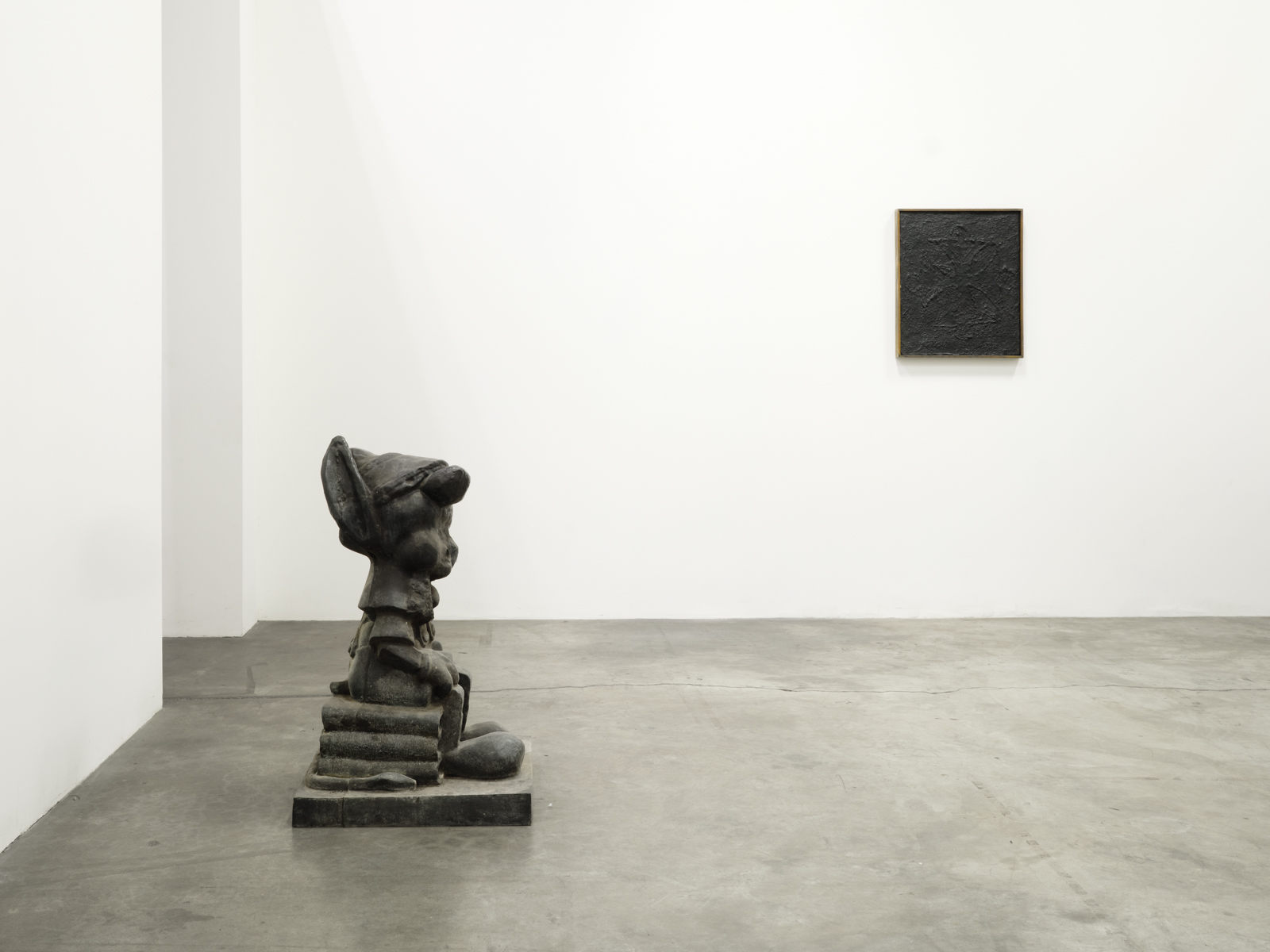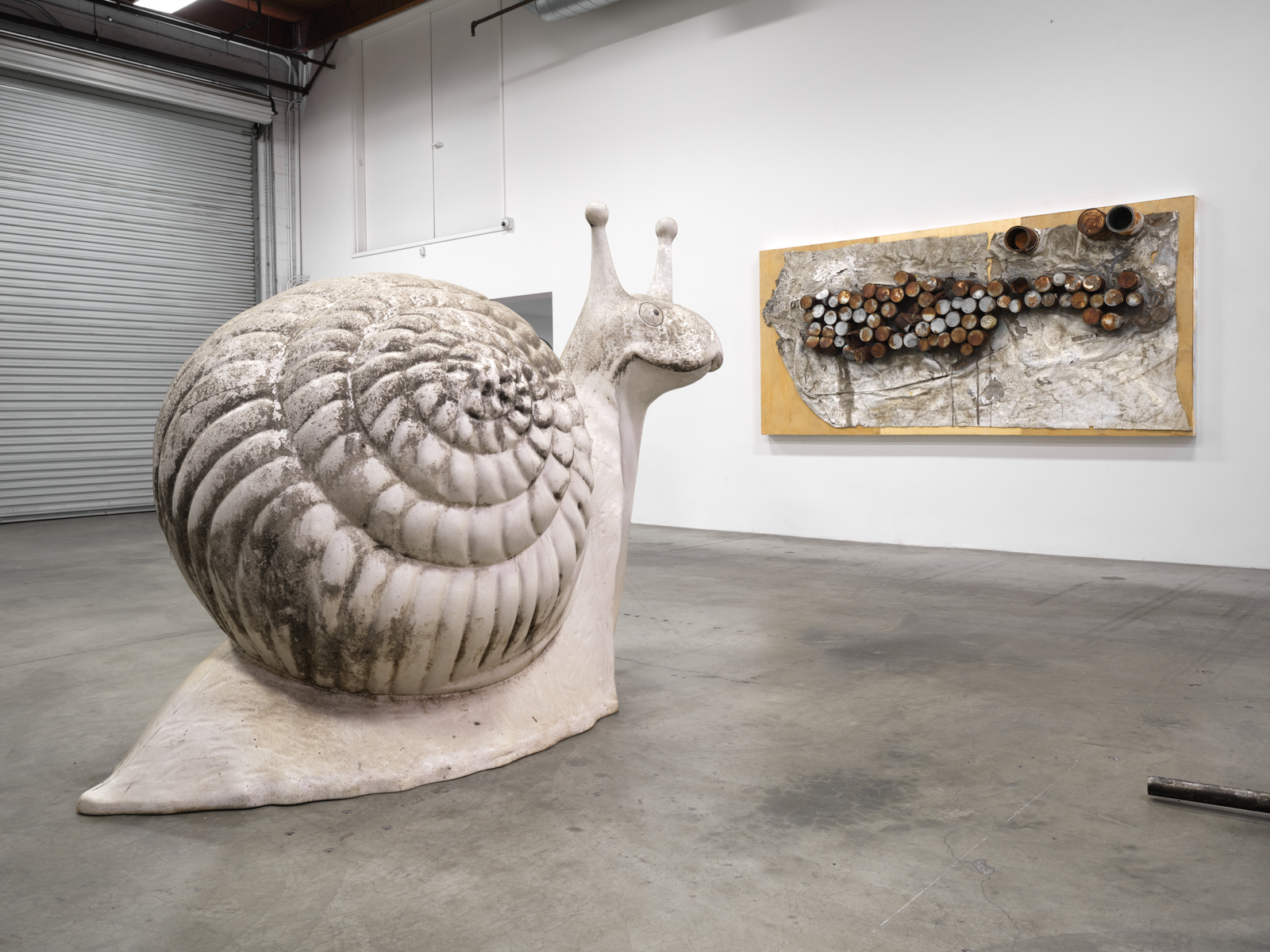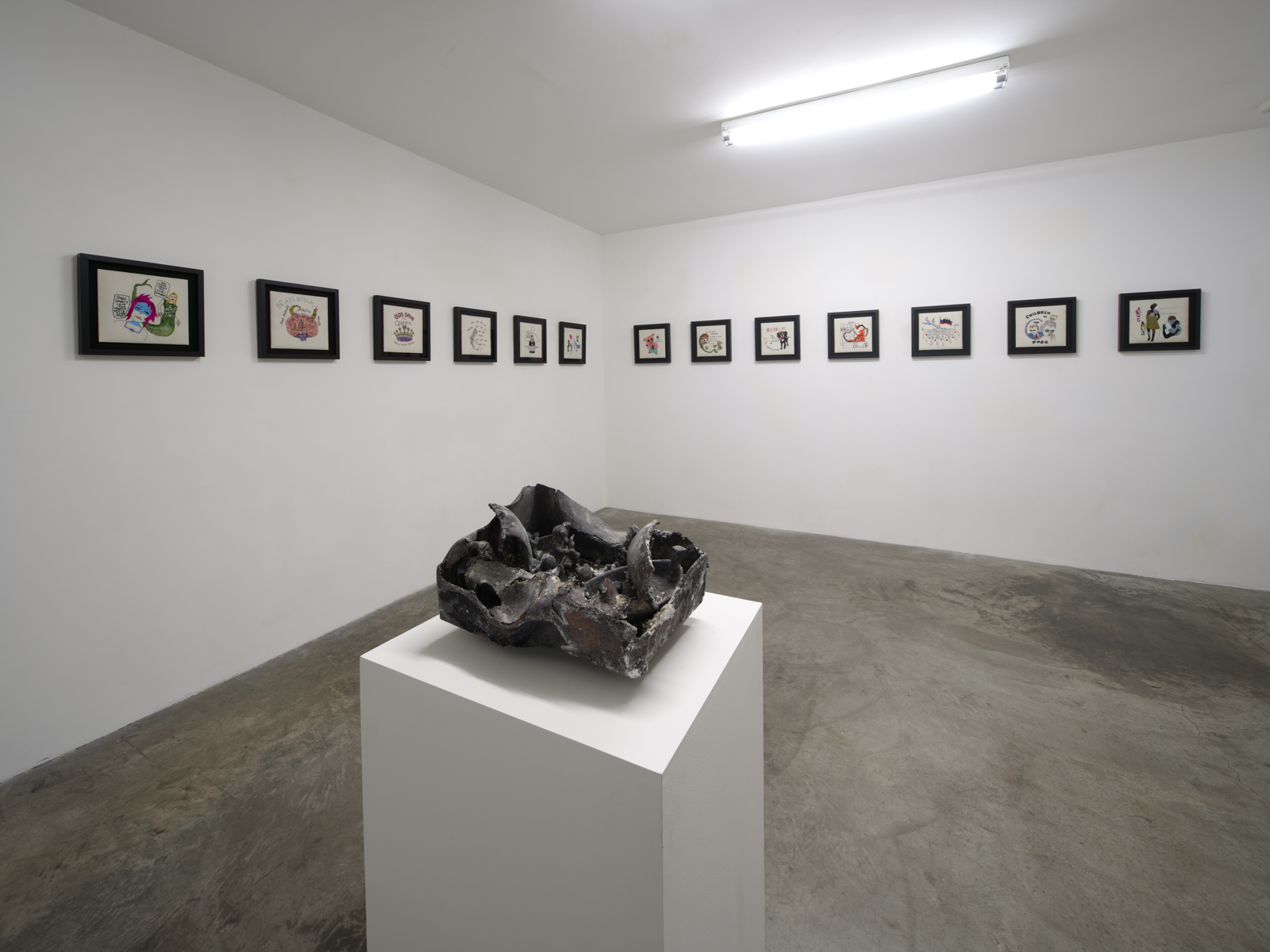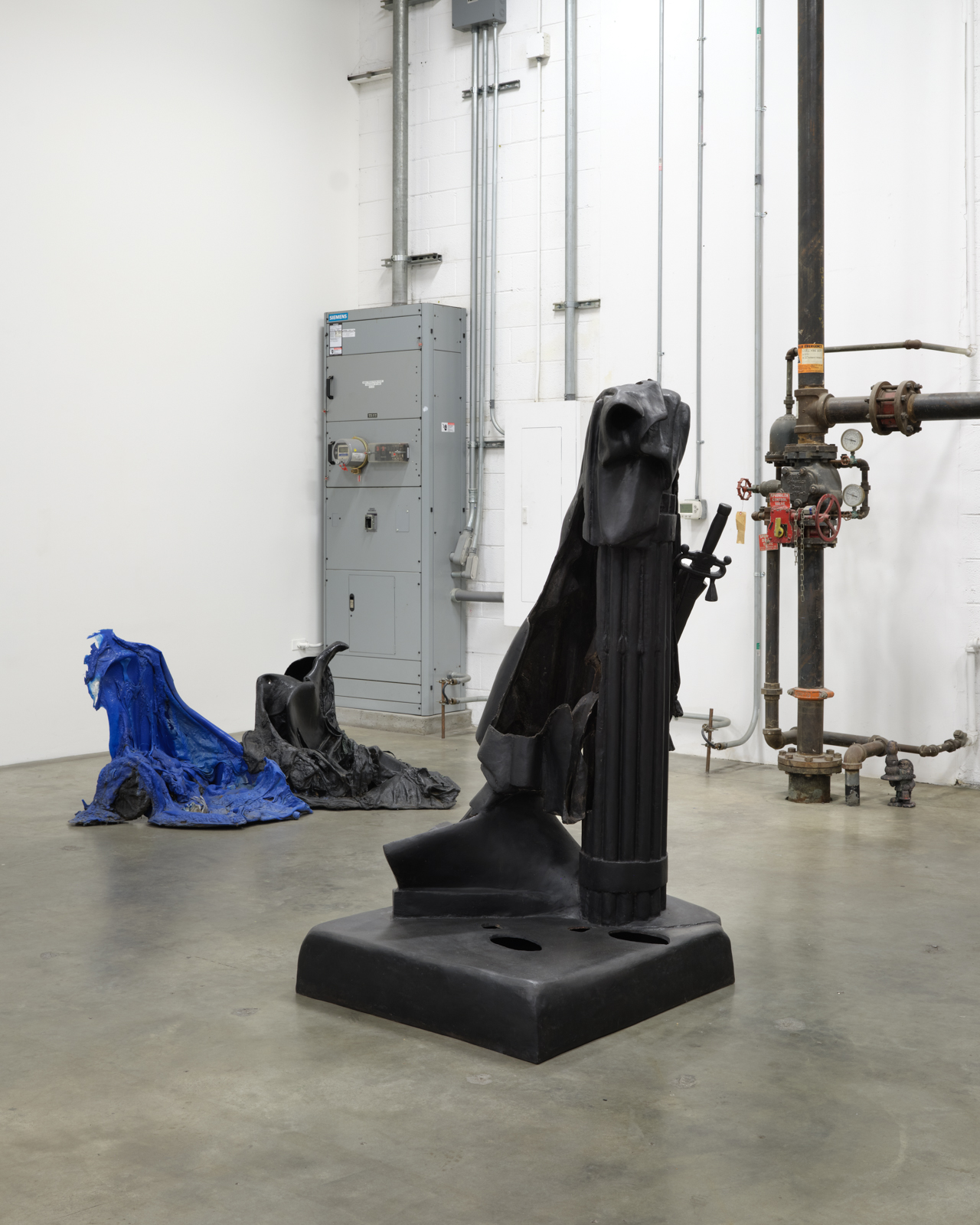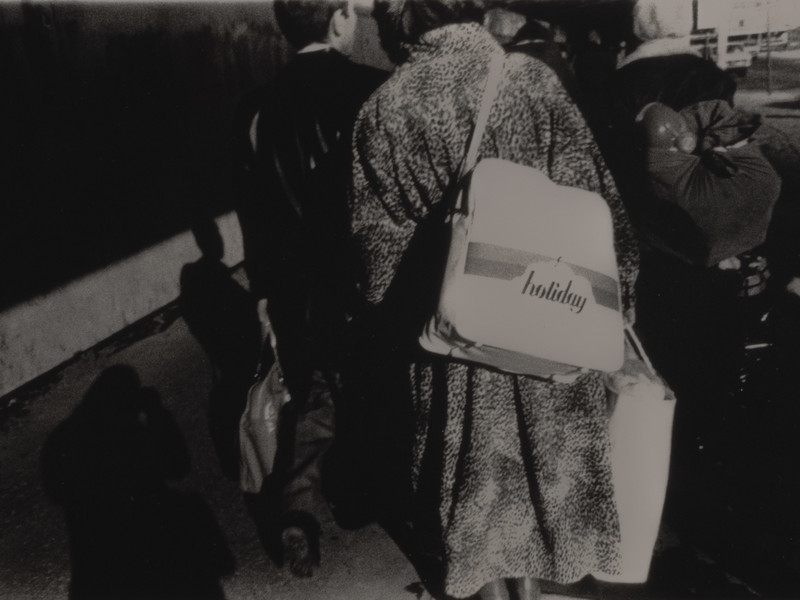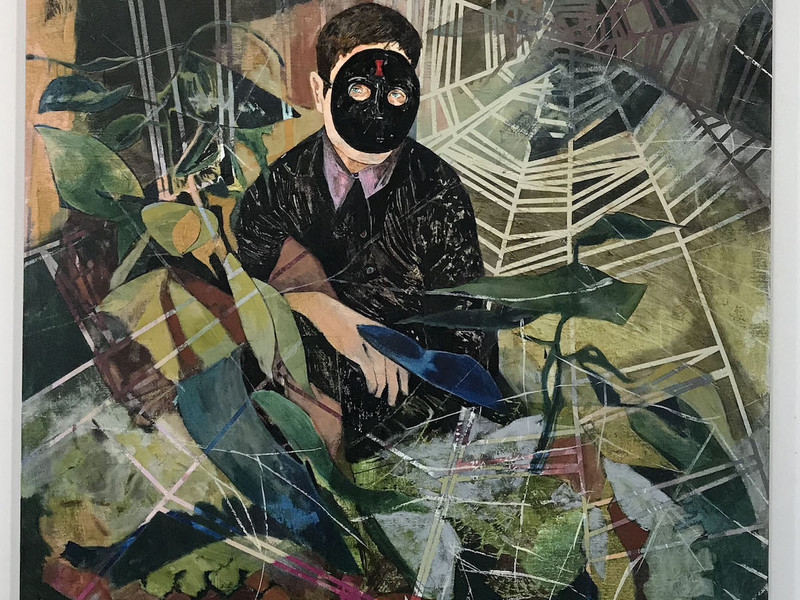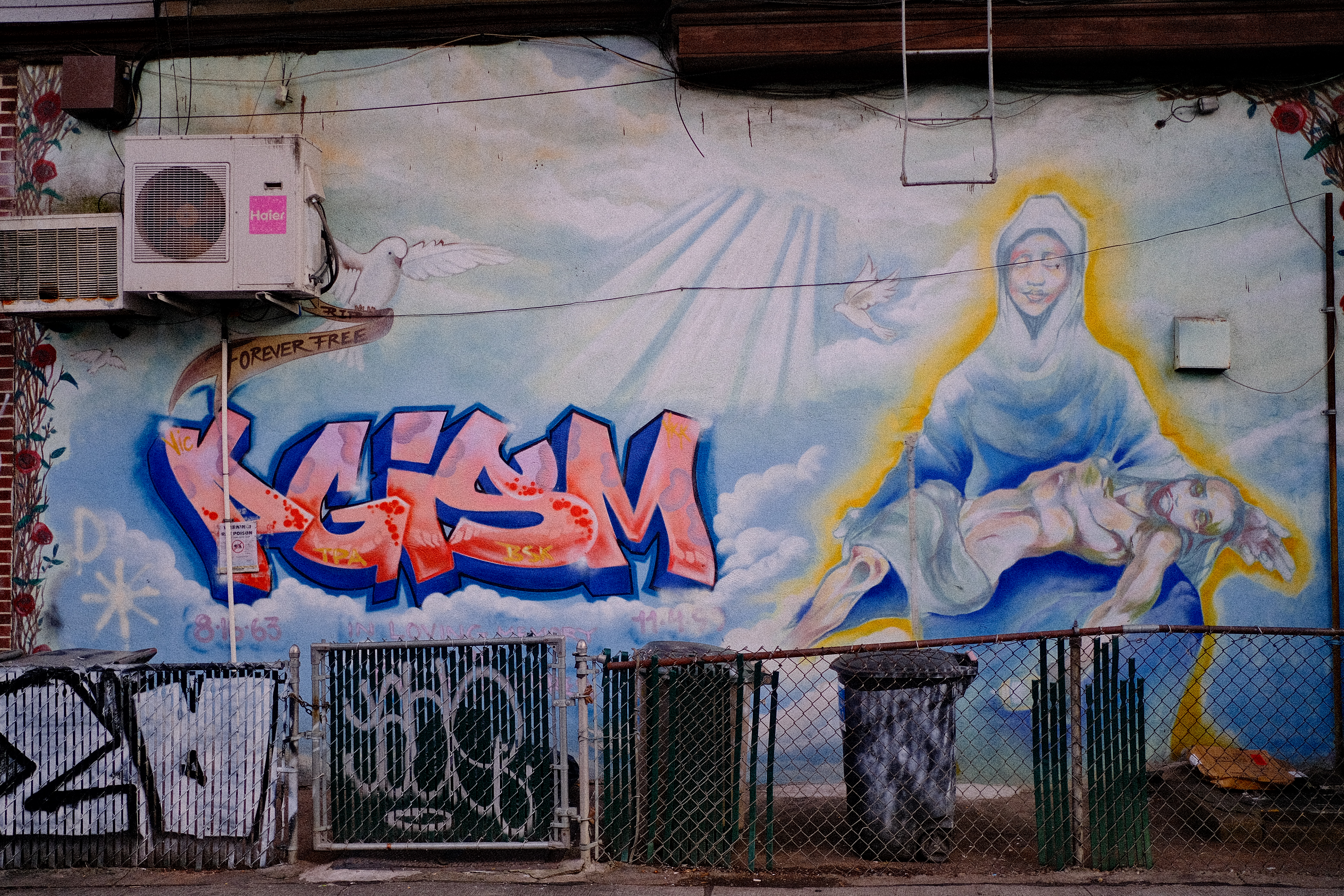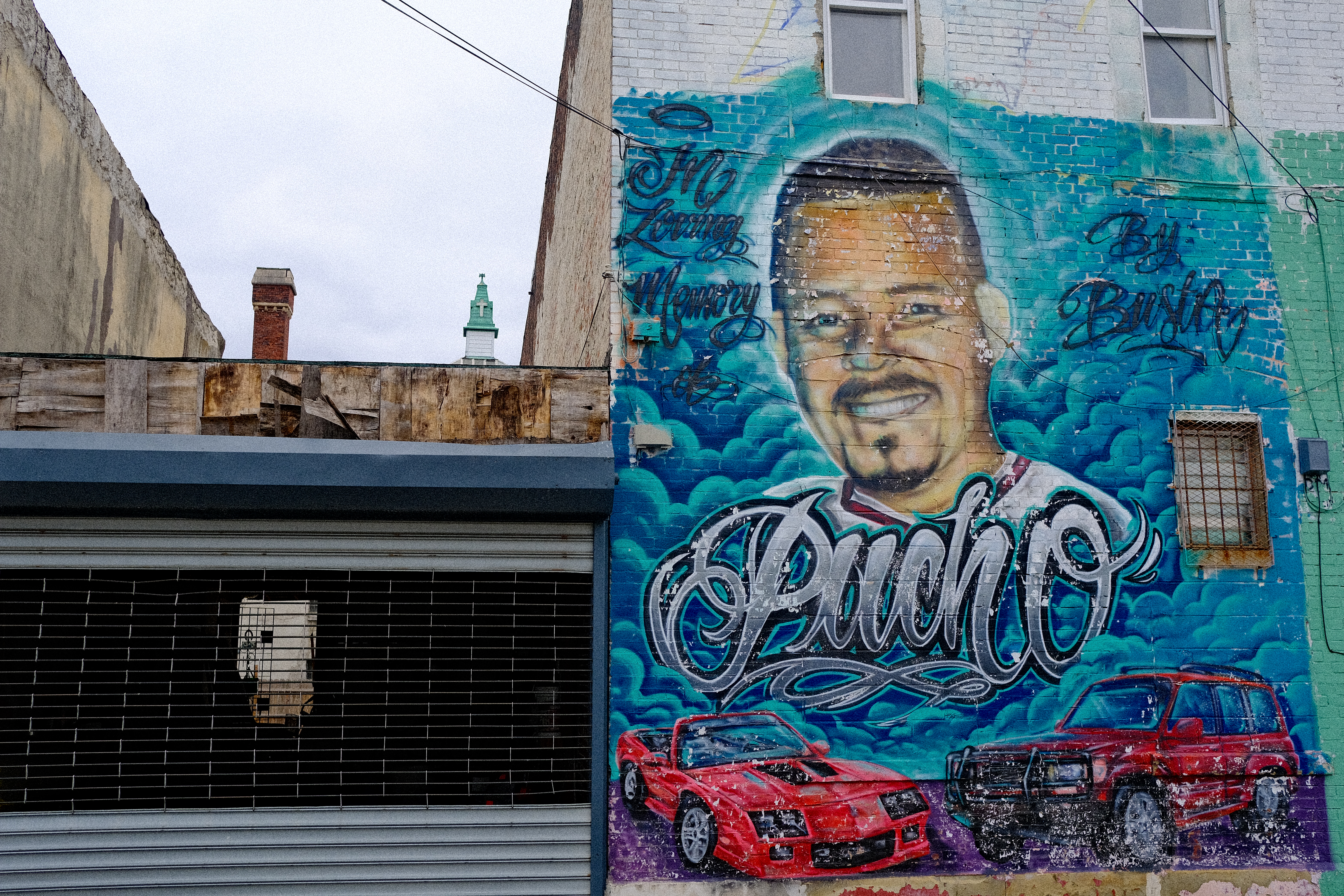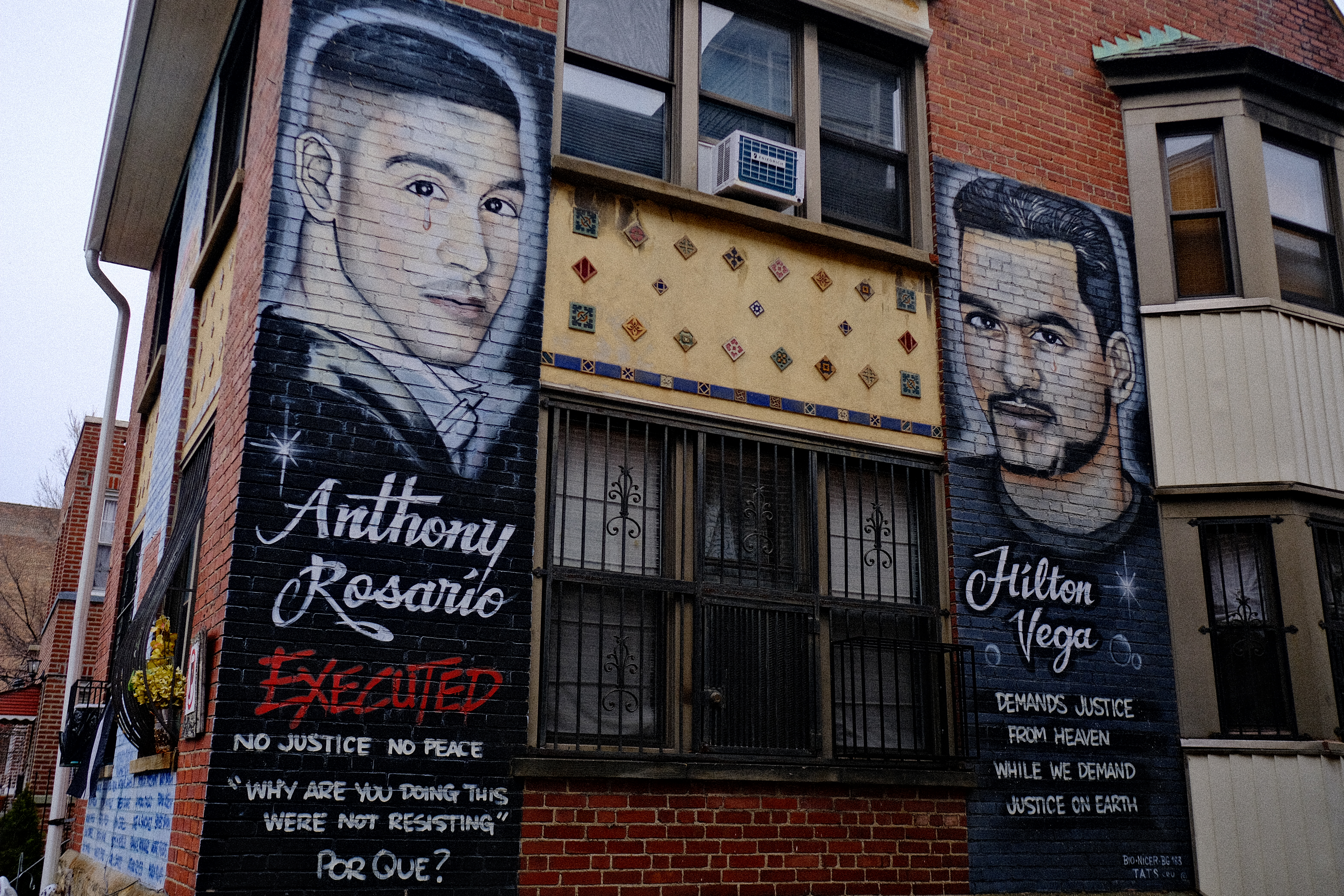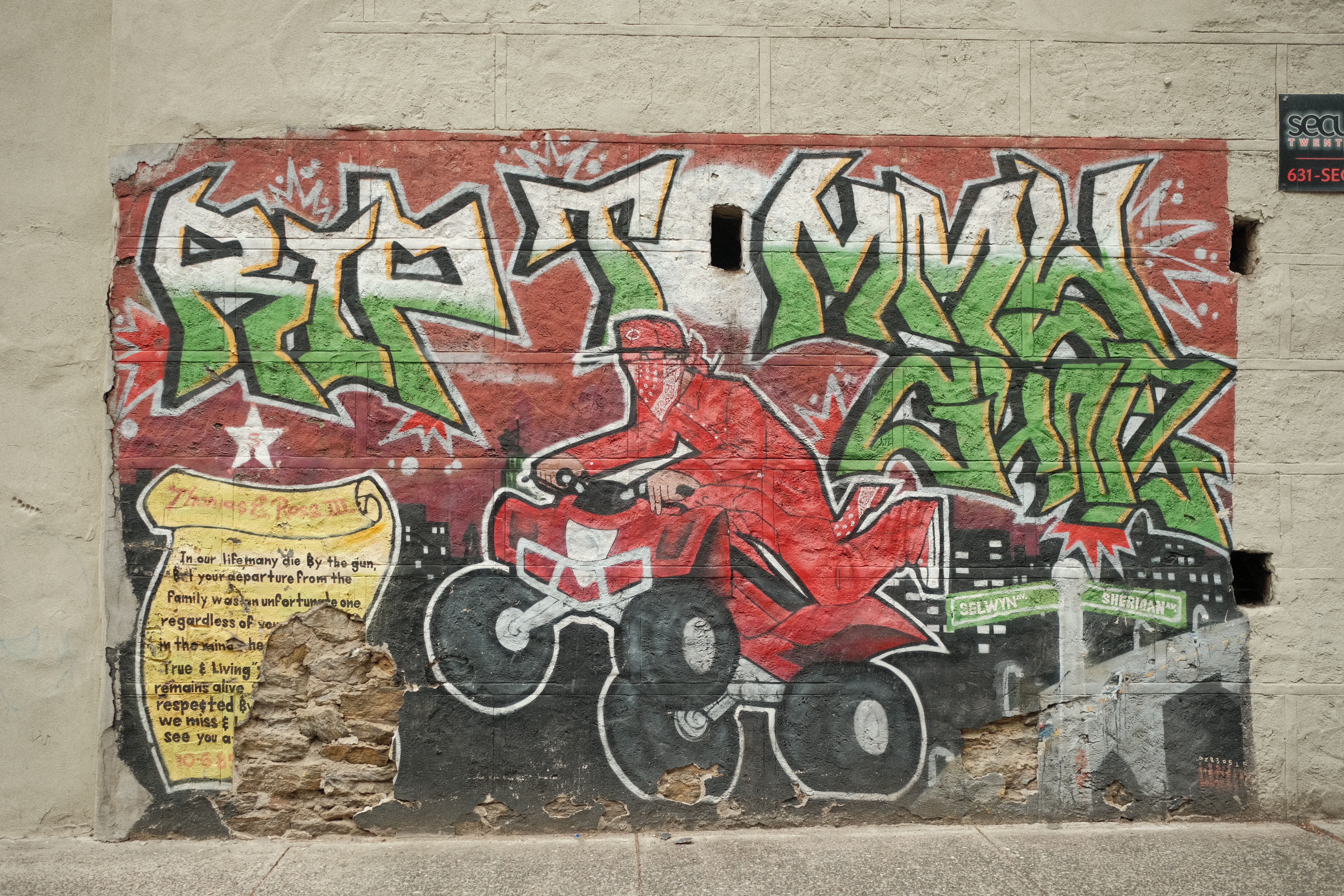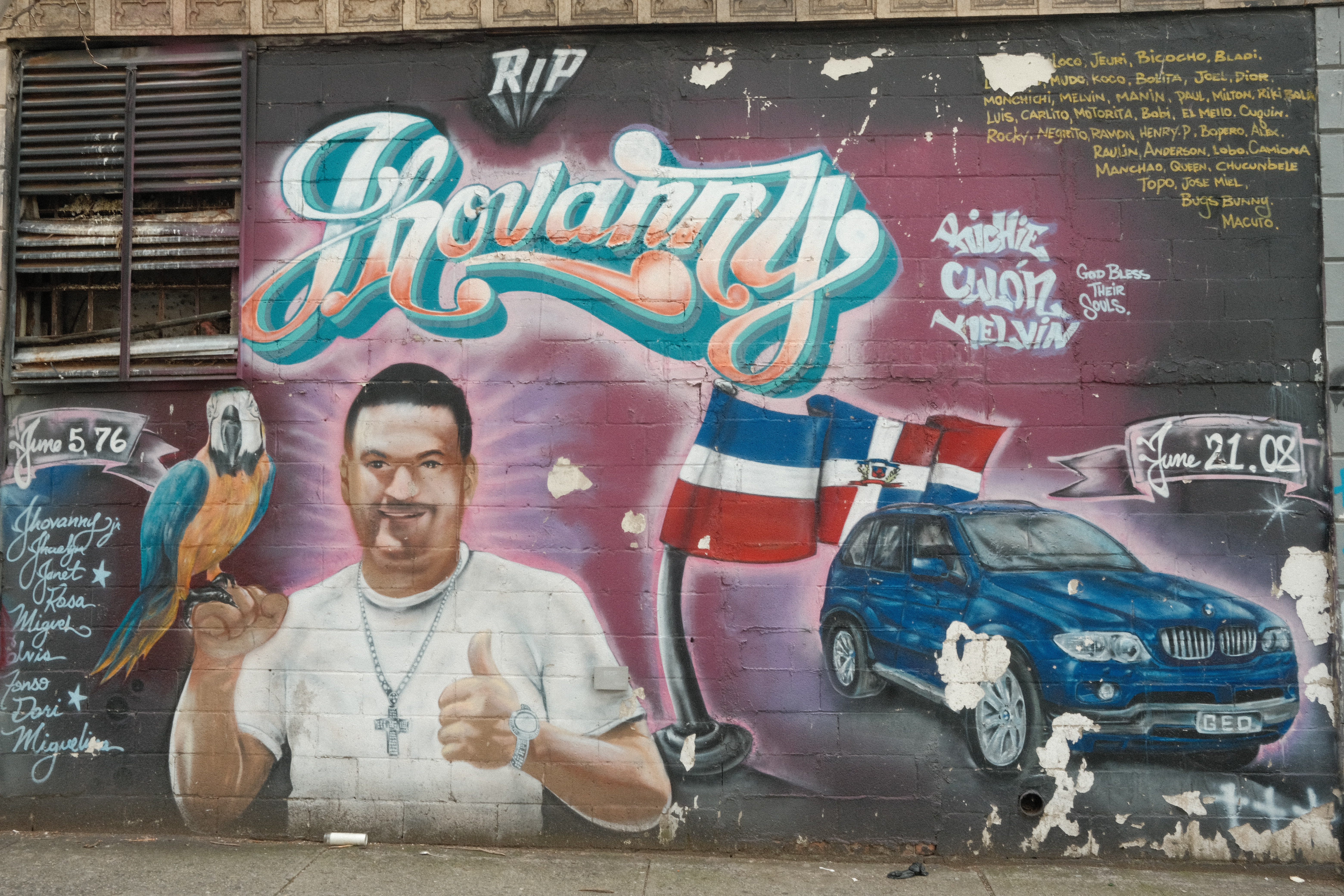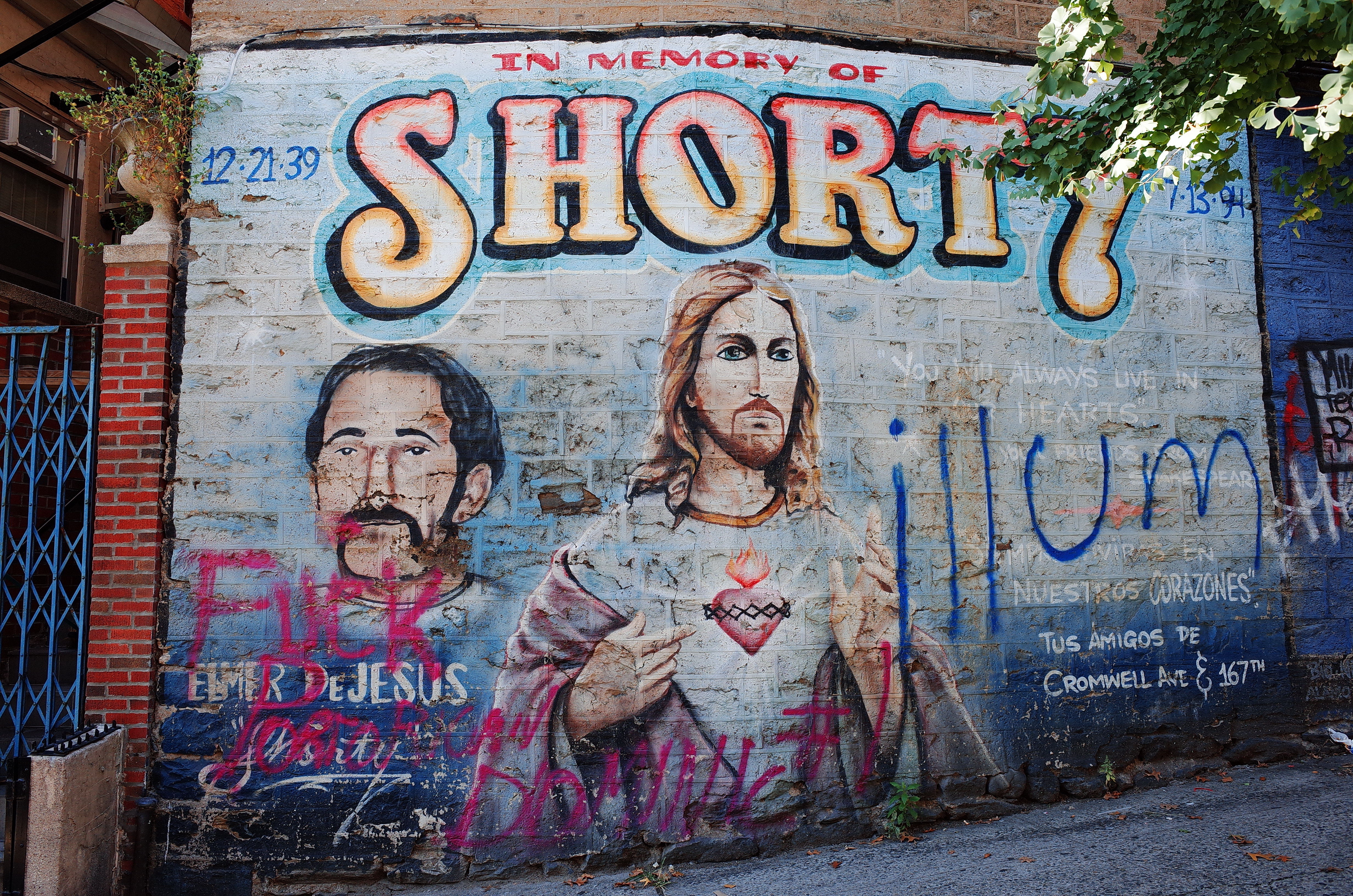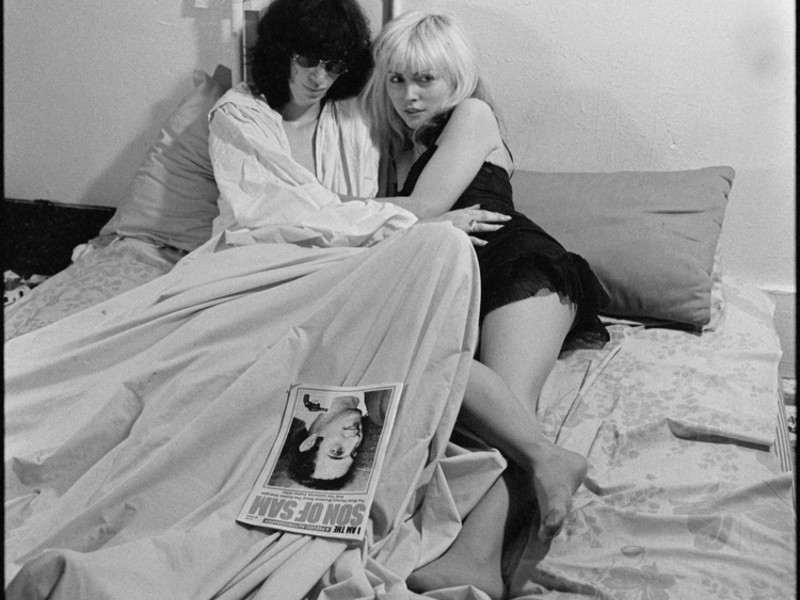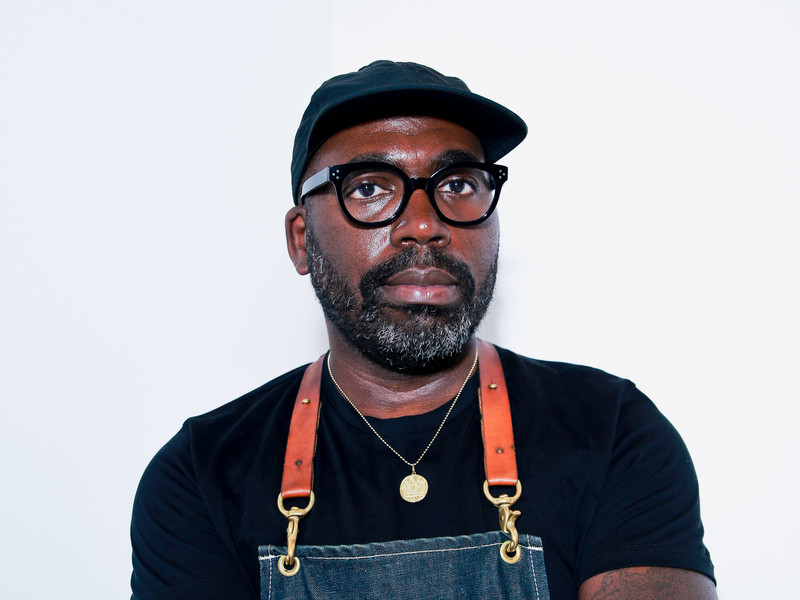High and Low: Stefan Sagmeister
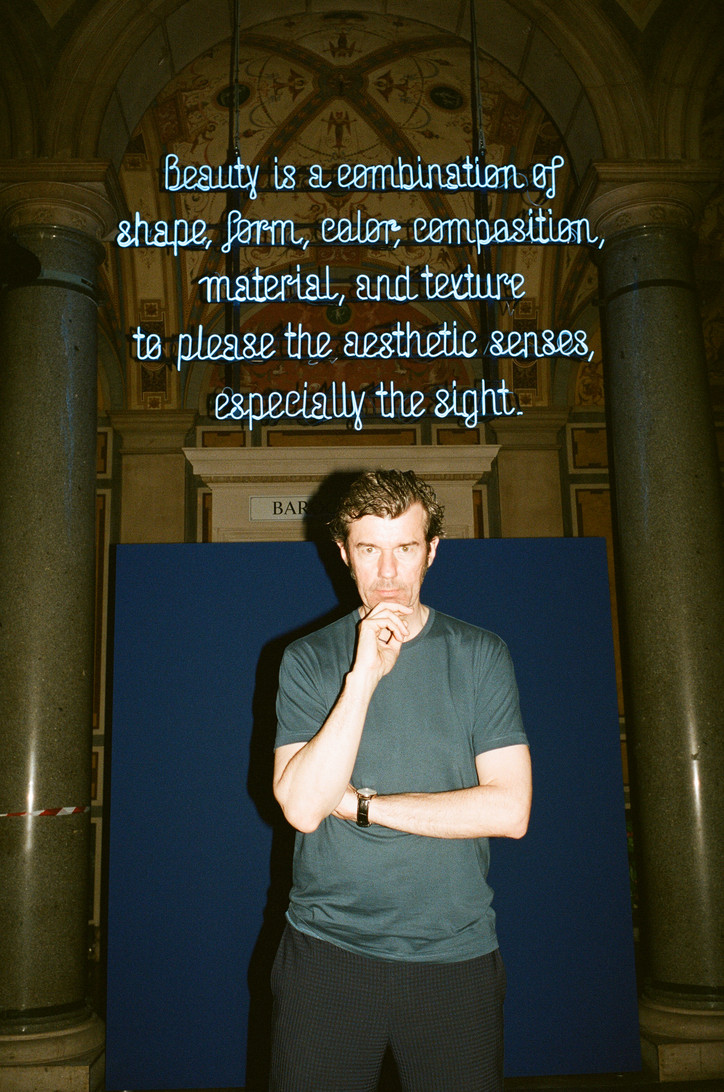
During a sabbatical trip to Mexico City and Tokyo, Sagmeister developed his arguments for an objective view of aesthetics—the show reasons this conclusion by leading the viewer through many visual experiments which support his idea. For example, by showing images of buildings in different cities around the world that all mirror the same ugly brown box, it seems that architecture in the world’s largest cities have decided that the manifestation of beauty equals function. Sagmeister thinks that this should change, and has the blueprint for a more “beautiful” future world.
On Vienna’s ugliest spots:
For the exhibition, we asked people to vote for the most beautiful and ugly place in their hometown. In Vienna, it’s Matzleinsdorfer Platz [railway station], but I would say the one that is more prominent is Schwedenplatz, a main plaza. In the center, ugly places are few and far between.
On why Vienna is a haven for creatives:
There are a couple of cities around the world that rest on their laurels, like Rome, for example. In Vienna, there is a better mix of clearly having an incredible history but also having stuff going on. [The MAK museum] is proof of that. Even at the Museumsquartier, the Albertina, there is very much a desire to look into the future. Ultimately, these are the things that keep a place alive. At the extreme other side of the spectrum, there is Venice. I don’t think there are many people who go to Venice and say, “This is where I want to live,” because it’s so museum-like and not an actual place anymore.
On how Austrian culture has influenced his work in NYC:
Strongly. I would feel New York is home for me, but I feel very Austrian. I’ve been living there almost 30 years. We know that our brain stops growing at 28, but most of what it means to be myself was formed while I was in Austria. Many of my own influences come from here, including the Wiener Werkstätte, where design, art and architecture was very much seen as a whole. All of the big people like Klimt made art and applied arts. Klimt would do a poster, he would do a mural, and then he would do a painting, and didn’t see a difference between them. That’s how I grew up. When I went to New York for the first time, I remember I saw a catalogue for a famous MoMA show, High and Low. I had to ask, “Who is high and who is low?” It was so unusual to me that they would make this differentiation, that they would think that art is high and design is low. I still don’t agree to this day.
Read more about office's trip to Vienna here. Next Stop: get to know curator Jasper Sharp.


